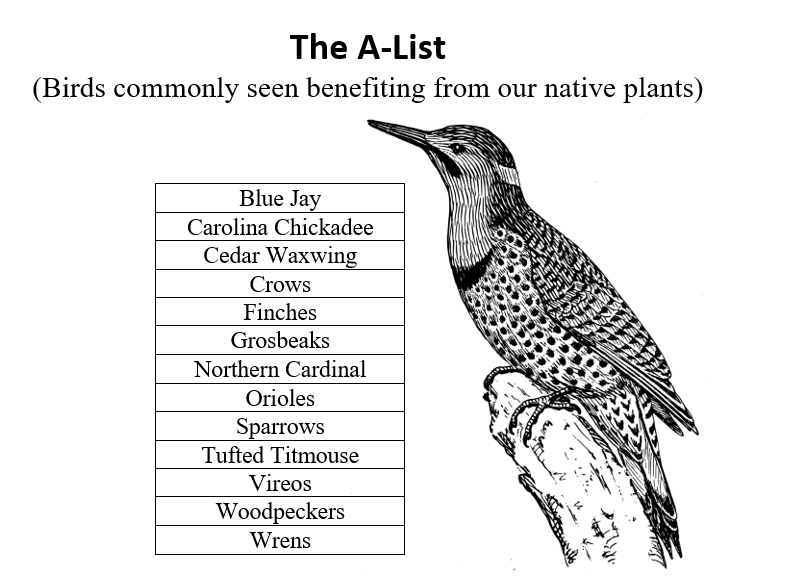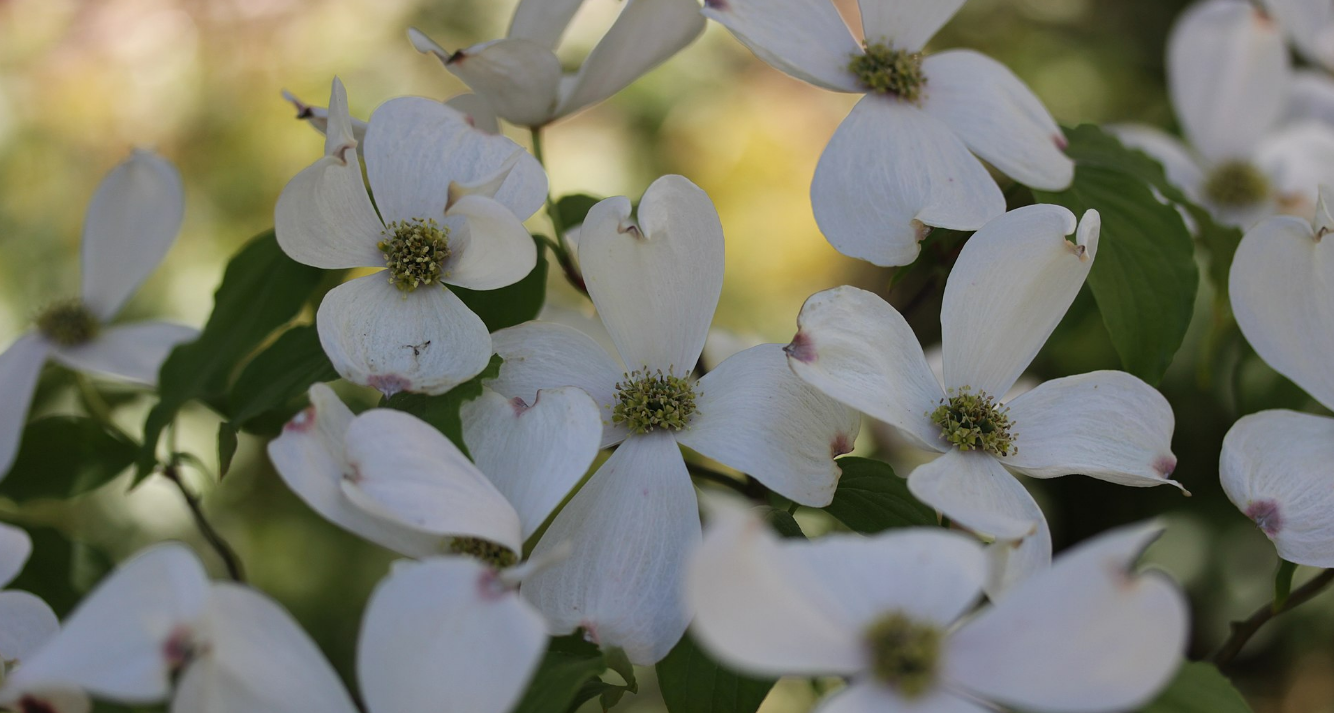Why Garden with Native Plants?
Native plants are adapted to the local climate and soil conditions where they naturally occur. These important plant species provide nectar, pollen, and seeds that serve as food for native butterflies, insects, birds, and other animals. Because they support more insects than non-native plants do, they also support insectivorous birds and mammals in ways that non- natives do not. Unlike natives, common horticultural plants often do not provide energy rewards for pollinators and are typically unpalatable to the insects that support local food webs.
Native plants are also advantageous because:
- Native plants do not require fertilizers and require fewer pesticides than lawns.
- Native plants require less water than lawns and help prevent erosion.
- Native plantscapes do not require mowing. Excessive carbon from the burning of fossil fuels contributes to global warming.
- Native plants provide shelter and food for wildlife.
- Native plants promote biodiversity and stewardship of our natural heritage.
- Native plants are beautiful and increase scenic values!
Acknowledgements
The data presented in this webtool is provided with permission by Loudoun Wildlife Conservancy. For an offline source of this data and more, please consider purchasing Planting for Wildlife in Northern Virginia. If you find this webtool useful, please consider donating to the Conservancy.
A special thanks to the Loudoun Wildlife Conservancy for assembling this wealth of information and to the many volunteers who researched, proof-read, and planned the data found here.
Glossary of Terms
| Dry | No sign of moisture |
| Moist | Looks and feels damp |
| Wet | Saturated |
| Sun | 6 or more hours of sun |
| Part Shade | 2 to 6 hours of sun |
| Shade | Less than 2 hours of sun |

source: Planting For Wildlife in Northern Virginia pg. 3
Credits:
This webtool is developed by Juan Gonzalez and his friends in collaborative effort with staff and volunteers at the Loudoun Wildlife Conservancy.
Data presented in this webtool has been provided, with permission, by the Loudoun Wildlife Conservancy. This incredible dataset would not exist without the hardwork of countless volunteers mobilized through the Loudoun Wildlife Conservancy. Many thanks to you all!
For a physical copy of the data presented here, please consider purchasing Planting for Wildlife in Northern Virginia.
Contact:
Please direct all questions, bug reports, requests, or comments to:




